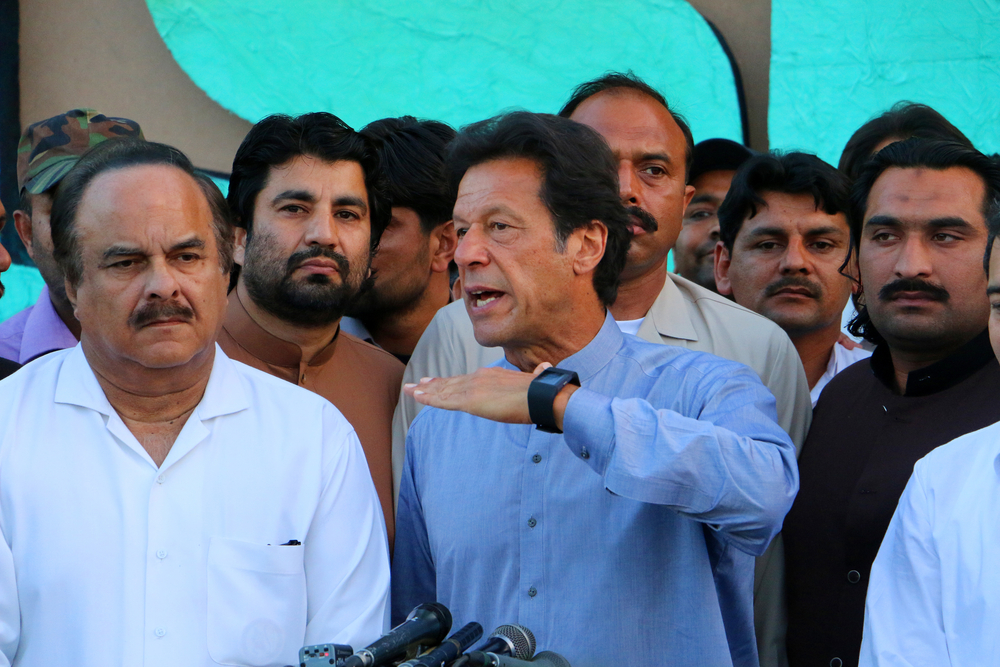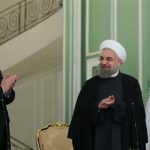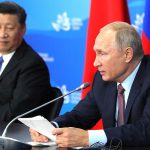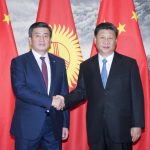by Abrahim Shah
The recently crowned Pakistan Tehreek-i-Insaf (PTI) government once again finds itself facing the realities of being in power. Following a controversial election and accusations of rigging by opposition parties, the incumbent government must now contend with an impending bailout package from the International Monetary Fund (IMF) that will have significant economic and political reverberations for Pakistan and for the PTI.
Pakistan’s decision to seek a bailout with the IMF was inevitable. The country faces a financial shortage of $12 billion—barely enough to cover two months of imports—and China and Saudi Arabia are reluctant to invest in Pakistan’s uncertain markets. A nineteenth package with the IMF was the only option the country had.
The PTI’s fate was sealed even before it could even come to grips with the mess that is Pakistan’s economy. The party will, however, now have to deal with the fallout from the program’s stipulations, which stand in stark contrast to the PTI’s election promises and highlight the realities of governance in Pakistan.
The financial package and its conditions target Pakistan’s burgeoning debt, which currently stands at a debilitating 73.5% of GDP. The program will also aim to curtail public spending, curb inflation, and improve Pakistan’s current account deficit of $18 billion, or 5.8% of Pakistan’s GDP.
The PTI government will naturally have to take politically difficult decisions to deal with these economic challenges and to meet the IMF’s conditions. Bringing the fiscal deficit down from the present 6.6% to less than 5% of GDP, for instance, will require drastic cuts in spending on development and on health and education. This will have a significant impact on the PTI’s political base, which voted for the PTI because the party had vowed to shift the country’s meager resources from infrastructure development to a more human-development model of growth. A cut in development spending, however, now looks inevitable with Pakistan unable to dramatically increase its revenue stream and with any civilian government unable to limit military spending.
The government was also forced to increase the prices of utilities and of petroleum products to meet its revenue shortfall. Mere days after coming into power, the PTI ordered a hike of 143% in gas prices. This move threatens to alienate the urban consumers and small businesses that constitute a large part of the PTI’s voter base. The government has also been mulling increasing the electricity tariff by 20 percent, which will only further burden middle-class consumers in Pakistani cities and increase the cost of doing business in the country.
The IMF program thus poses a major conundrum for Prime Minister Imran Khan. Follow the program and the PTI will lose a lot of the goodwill it gained while in opposition to the erstwhile Pakistan Muslim League-Nawaz government. Ignore the program and the PTI threatens to go down the same road the Pakistan Peoples’ Party did after it wrecked the economy between 2008 and 2013. The choices a Pakistani government has, as Imran Khan is finding out, are always limited.
The truth, however, is more nuanced than that. The economic problems the PTI government inherited have existed for decades and are a product of the flawed economic policies Pakistan pursued in the 1990s. Many of these policies stemmed from the IMF Structural Adjustment Program Pakistan adopted in 1988.
It is thus simplistic to blame the PTI for the current economic predicament in Pakistan. On the contrary, the PTI should be applauded for taking the difficult decision of going to the IMF and facing up to the political backlash this would bring. The PTI is aware that Pakistan requires painful structural changes to alter the trajectory of its economy, which will naturally involve a lot of political compromise.
Where the PTI can stand out from its predecessors, however, is in ensuring that this bailout program does not go to waste and Pakistan instead adopts sound policies that increase the country’s tax net and push its exports into more technologically advanced and diverse products.
The PTI’s task is further compounded by the foreign policy challenges the country faces. The China Pakistan Economic Corridor (CPEC)—which will bring much needed foreign inflows and infrastructure to Pakistan—has been the subject of intense scrutiny, with Defense Secretary James Mattis going as far as to say the project runs through disputed territory. CPEC was also under the limelight when Pakistan chose to go to the IMF, with Secretary of State Mike Pompeo saying that the IMF would not “bail out Pakistan for China’s loans.” America thus views Pakistan’s economic struggles through the lens of the increasingly dominant role Beijing is playing in Pakistan (and the vexed U.S. relationship with China).
The PTI government thus faces the daunting prospect of balancing its relationship with China with an increasingly hostile America. These tensions have naturally spilled over into economics as well, with America seemingly bent on disrupting Pakistan’s growing economic dependence on China.
All of this does not bode well for the PTI government, which came into power on the promise of creating a “new” Pakistan. As Imran Khan is coming to realize, the same old economic and political problems plague new Pakistan. Perhaps he will soon prefer to be back on the opposition benches than to captain a sinking ship.
Abrahim Shah is the editor in chief at Timsaal, a Pakistan-based journal.






In no way should the IMF lend to Pakistan; it’s debt is China’s responsibility; let them solve it.